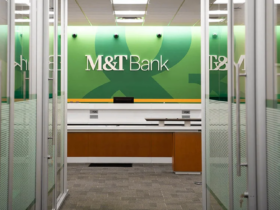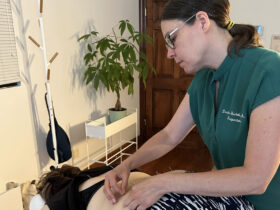Let’s face it, scanning and touching has become a way of life for consumers today. You are waving your smart phones and credit cards at a variety of sensing devices.
Even more sophisticated techniques are evolving in the form of facial scans, eye recognitions and, now, even “hand/palm scans.” Amazon has recently introduced a palm scanning technology at one of their Whole Foods stores. You can scan both hands on a kiosk and link them to your Amazon account.
Additionally, you can also scan the QR code in your Amazon App.
If you prefer the palm scan you can hold your palm over a turnstile reader and enter Amazon’s new most technologically sophisticated grocery store.
Once inside, cameras and sensors begin recording your every move, creating your virtual shopping cart in real time. Sensors are placed under each item in the store, and behind the scenes, deep learning software analyzes your shopping activity to detect patterns and increase the accuracy of its billing mechanism.
This technology is much like what is being deployed in driverless cars. It identifies when you lift a product from a shelf, freezer or produce bin, automatically itemizing the items and charging the customer when they leave the store. Anyone with an Amazon account can shop this way and skip the checkout and your invoice will show up in your Amazon account.
Amazon uses their “customer centric” philosophy which observes areas that cause friction for customers and then diligently works backwards to allow Amazon to determine ways to eliminate that friction utilizing technology. It is the foundation for their “one click” online superstore philosophy.
Supermarkets have always been “pain points” of one kind or another for consumers mostly having to do with the onerous process of “checking out” i.e., the long lines, unloading shopping baskets and reloading them, etc. This new sensing technology eliminates that major friction for supermarket food shoppers.
While many supermarket chains have implemented a variety of “self-checkout” options they still are faced with the age-old friction point of having to wait in just a different kind of a line to do so.
More self-service options are also appearing in supermarkets these days. For example, at the bakery section in many supermarkets, when you select the loaf of bread you prefer and look for someone to slice it for you, you are directed to an industry-grade bread slicer for customers with a warning label: Sharp Blades – keep hands clear of all moving parts.
In summary, all these various applications of technology, while speeding up and making the shopping experience more convenient, they are also eliminating employees and improving profitability.















